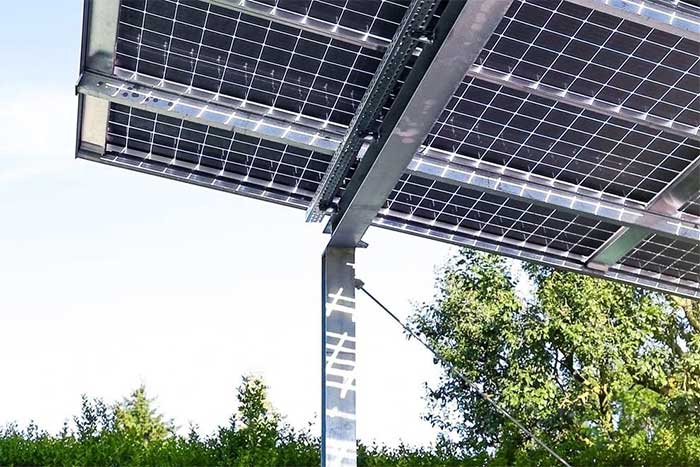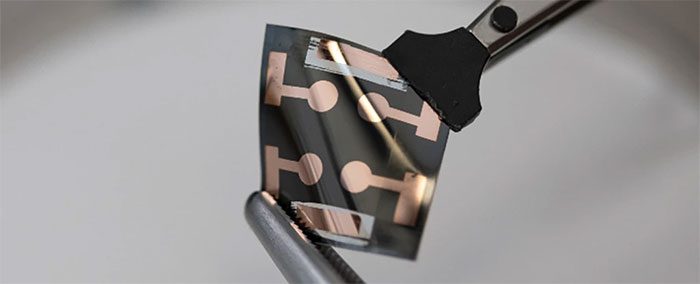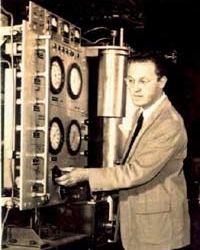For a long time, perovskite has been hailed as the leading supermaterial for the next generation of electrical devices.
The light-facing surface of a solar panel converts sunlight into electrical energy. So how does the back side, hidden in the shadows, capture light to generate electricity now? The answer is quite simple: reflection.

Bifacial solar panels save space while increasing solar power output – (Image: iStock/ Getty Images).
Developed by the National Renewable Energy Laboratory (NREL) under the U.S. Department of Energy, the bifacial solar panel can help increase the output of clean energy while also saving installation space.
“This perovskite solar cell can operate efficiently on both sides,” said Kai Zhu, a scientist at the Center for Chemistry and Nanoscience at NREL and the leader of the groundbreaking research, in a statement to the press. Currently, solar technology (using silicon as a semiconductor) achieves an efficiency of about 26%.
On the front side of the perovskite solar panel, the efficiency has reached 23%. The side of the panel that utilizes reflected light to generate electricity can achieve 91-93% of the efficiency of the front side. As a result, the average efficiency of this entire bifacial system increases by about 20% compared to previous systems.
In recent years, perovskite has become the leading material in advancements surrounding solar panels. It has continuously produced breakthroughs in efficiency while paving the way for new generation technology.
In July, a group of scientists from the University of Sydney and the Australian Science Accelerator announced a self-healing solar panel made from perovskite, which helps improve systems that are continuously subjected to cosmic radiation.

The self-healing panel from the Australian research team can enhance equipment operating in space – (Image: University of Sydney).
In laboratory conditions, solar panels made from silicon and perovskite have achieved efficiencies of up to 30%, and theoretically, this figure will far exceed the efficiency of pure silicon photovoltaic panels. In May, a South Korean startup announced a product made from a combination of perovskite and silicon, claiming an efficiency increase of 50-75% compared to conventional solar panels.
Returning to the new innovation in the photovoltaic industry, researchers believe that the manufacturing costs of bifacial solar panels will be higher. However, their high efficiency will gradually make bifacial perovskite solar panels economically viable.
The new research has been published in the journal Joule.





















































